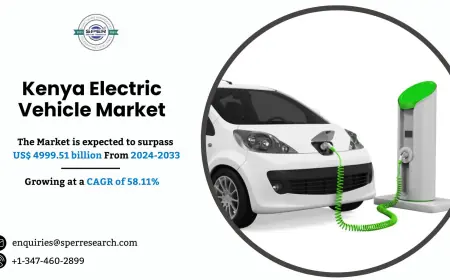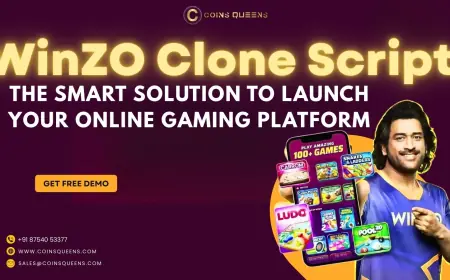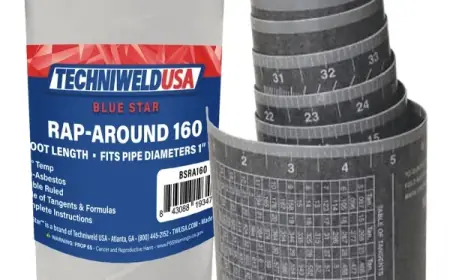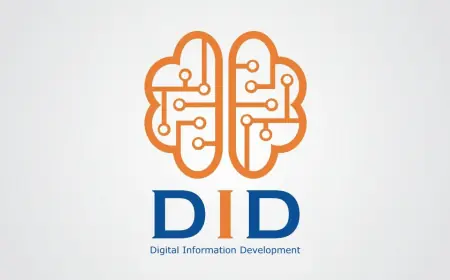The Fastest Blockchains You Should Know About in 2025
Discover the fastest blockchains in 2025 for your projects. Speed, TPS, and ideal networks for Blockchain Development Services.
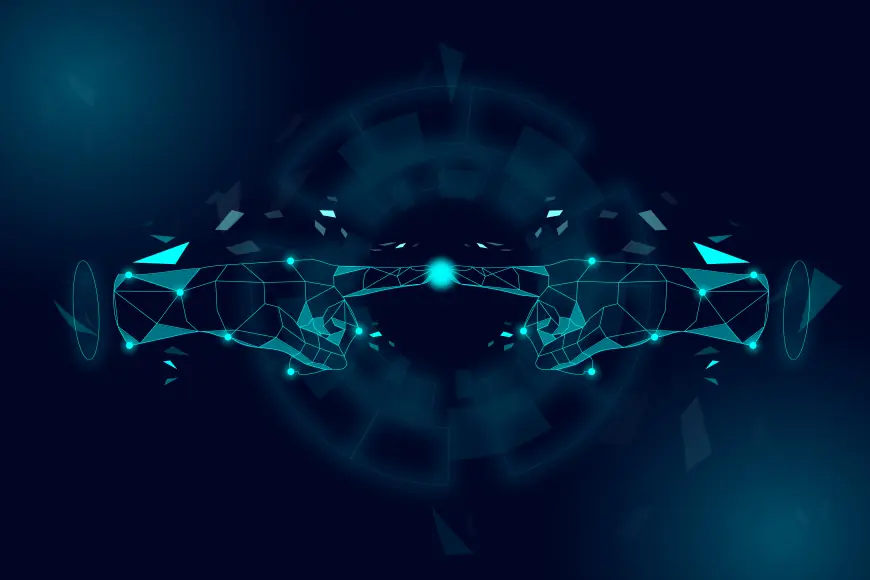
Blockchain technology is evolving faster than ever. In 2025, transaction speed remains one of the core factors determining real-world usability, especially for projects aiming at high-frequency trading, DeFi, payments, and gaming. Many businesses consult the Best Blockchain Development Company to build on networks that can handle large-scale transactions with minimal delay. Let’s explore the fastest blockchains you should know about this year and understand what their speed means for the future of decentralised applications.
Why Transaction Speed Matters
Before diving into specific networks, it’s essential to understand why transaction speed is critical. Speed affects scalability, user experience, and operational costs. A blockchain with high transactions per second (TPS) can accommodate millions of users without congestion or rising gas fees. This scalability is key for enterprises investing in Blockchain Development Services to deploy payment gateways, exchanges, or on-chain games.
Solana: Leading the Speed Race
Solana has consistently maintained its position as one of the fastest blockchains. In 2025, it continues to achieve real-world TPS between 2,000 and 5,000, depending on network load, while claiming a theoretical maximum of over 65,000 TPS. This is possible due to its unique Proof of History (PoH) mechanism combined with Proof of Stake (PoS), enabling sequential transaction ordering before consensus.
Developers seeking Blockchain Development Services choose Solana when low latency and micro-fee transactions are essential, such as in decentralised exchanges handling high-frequency trades. While Solana faced stability issues in its earlier years, constant upgrades have significantly improved its uptime and validator performance in 2025.
Sei Network: Optimised for Trading Speed
Sei Network has emerged as a purpose-built blockchain optimised for trading applications. Its parallelised transaction processing and frequent block finality allow it to achieve sub-second finality times and handle thousands of transactions per second efficiently.
What sets Sei apart is its twin-turbo consensus combined with optimised order matching logic. For decentralised trading platforms and DeFi protocols, Sei offers a compelling choice because users expect zero lag in order execution. Many fintech startups consult the Best Blockchain Development Company to build perpetual futures or spot exchanges on Sei due to this architectural design focused purely on speed.
Aptos: High Throughput for Future DApps
Aptos, based on the Move programming language, is designed to provide a scalable and upgradeable blockchain. In 2025, it maintains a TPS of around 4,000 in public testing environments, with developers focusing on continual upgrades to push this figure higher without compromising security or decentralisation.
Its parallel execution engine Block-STM allows multiple transactions to be processed concurrently, significantly increasing throughput. Businesses seeking Blockchain Development Services to deploy social apps, high-volume NFT marketplaces, or microtransaction platforms are increasingly exploring Aptos for its combination of speed, modularity, and developer-friendly environment.
Sui Network: Parallel Execution for Real Utility
Sui Network uses similar parallel execution logic, reaching thousands of TPS in real-world tests. Its object-centric data model allows multiple independent transactions to run in parallel, reducing bottlenecks common in traditional blockchain designs.
In 2025, Sui is seeing adoption among projects that require instant finality and high throughput for complex asset transfers or gaming use-cases where speed is critical for user experience. The demand for Blockchain Development Services specialising in Sui is growing as more gaming and metaverse platforms prefer networks that can handle simultaneous in-game interactions with low fees.
Binance Smart Chain (BSC): Speed With Familiarity
Binance Smart Chain has maintained moderate-high TPS, averaging 100-300 depending on the application, but with block times of around 3 seconds and low transaction fees. It is not the fastest by theoretical TPS, but its reliability, EVM compatibility, and extensive user base continue to attract businesses deploying DeFi, staking, and payment solutions.
Many startups still approach a Best Blockchain Development Company to build on BSC because its development framework mirrors Ethereum while providing faster confirmation times and lower costs. For projects not requiring ultra-high TPS but needing reliability and easy user onboarding, BSC remains a practical choice in 2025.
Avalanche: Speed Through Subnets
Avalanche operates on a unique consensus mechanism optimising both finality time and transaction throughput. Its subnet architecture allows customised chains within Avalanche’s ecosystem to optimise specifically for use-cases like DeFi, gaming, or enterprise solutions.
In 2025, Avalanche achieves transaction finality in less than a second with thousands of TPS depending on the subnet configuration. This flexibility makes it ideal for organisations looking for Blockchain Development Services to launch regulated financial applications that require compliance alongside performance.
Near Protocol: Sharding for High TPS
Near Protocol uses a sharded architecture to process transactions in parallel across multiple shards. In 2025, its practical TPS is around 2,500-3,000, with theoretical capacity significantly higher as sharding scales horizontally.
Its focus on user-friendly onboarding (human-readable addresses and simple wallet creation) coupled with high speed makes Near an attractive option for consumer-focused apps. Companies aiming for mass adoption of blockchain-based services often consult a Best Blockchain Development Company experienced in Near to leverage its scalability and usability balance.
Fantom: High Speed with DAG Architecture
Fantom uses a Directed Acyclic Graph (DAG) based consensus known as Lachesis, allowing near-instant finality and high transaction throughput, averaging a few thousand TPS in its public environment.
The core advantage of Fantom lies in its asynchronous Byzantine Fault Tolerant consensus, which doesn’t rely on leader selection for block production, thus enhancing speed and resilience. For applications where near-zero confirmation time is critical – such as real-time supply chain tracking or micro-payment systems – Fantom offers a robust solution.
The Future of Blockchain Speed in 2025 and Beyond
While the above networks are among the fastest in 2025, it’s essential to note that speed alone does not determine a blockchain’s viability. Security, decentralisation, developer ecosystem, and long-term sustainability are equally critical. Many enterprises choose a network based on specific requirements:
-
For financial exchanges: speed and finality are prioritised.
-
For games and metaverse apps: ultra-low fees and instant confirmations are crucial.
-
For enterprise supply chains: consistent uptime and compliance compatibility are key.
This is why engaging with the Best Blockchain Development Company is vital. Experienced blockchain developers can analyse not just TPS but architectural nuances, consensus models, and network stability before choosing the right chain for your product.
What Does Speed Mean for Blockchain Development Services?
When businesses approach Blockchain Development Services to build a decentralised product, they often come with concerns about user experience. Transaction speed directly influences:
-
Payment settlement time
-
Trading execution delays
-
Gaming input responsiveness
-
NFT minting and trading flow
-
Microtransactions for streaming or content tipping
In all these scenarios, waiting minutes for confirmation is unacceptable to end-users. Thus, blockchains like Solana, Sei, Aptos, and Sui are gaining traction in 2025 because they deliver real transaction speeds that enable a Web2-like experience within decentralised infrastructure.
Conclusion
In 2025, blockchain speed is no longer about theoretical TPS claims alone. Real-world performance, stability under load, and compatibility with existing frameworks define the fastest and most practical blockchains today. Networks such as Solana, Sei, Aptos, Sui, Avalanche, Near, Fantom, and BSC each bring distinct advantages, enabling developers and businesses to build products that function seamlessly at scale.
If your organisation is planning to launch decentralised products, from payments to gaming or DeFi, evaluating these networks with guidance from the Best Blockchain Development Company will ensure you choose a chain that meets both speed and scalability goals. As blockchain continues evolving, the focus on faster, more efficient, and user-friendly networks will only intensify, shaping the future of decentralised innovation for the coming decade.
What's Your Reaction?
 Like
0
Like
0
 Dislike
0
Dislike
0
 Love
0
Love
0
 Funny
0
Funny
0
 Angry
0
Angry
0
 Sad
0
Sad
0
 Wow
0
Wow
0





